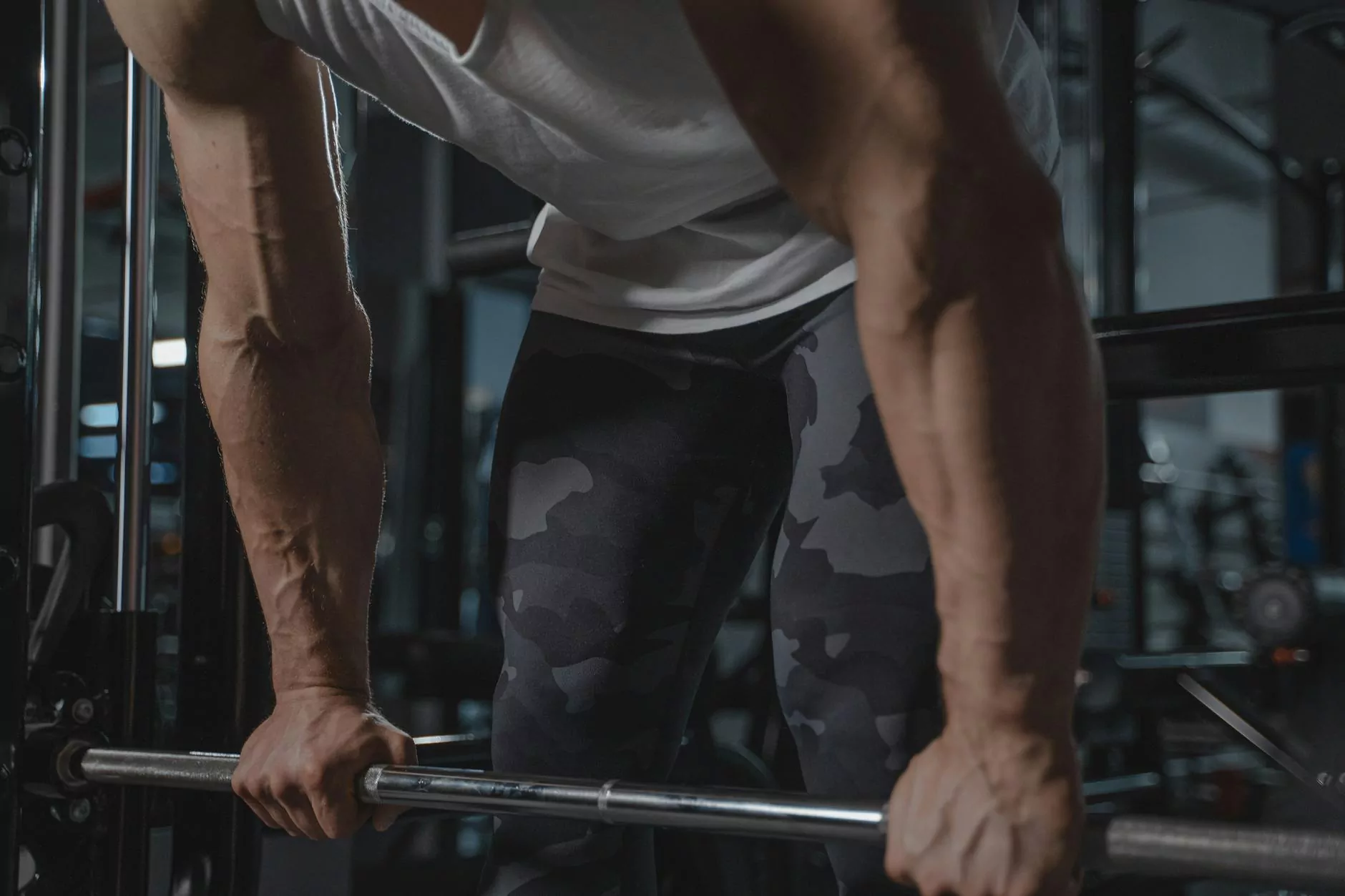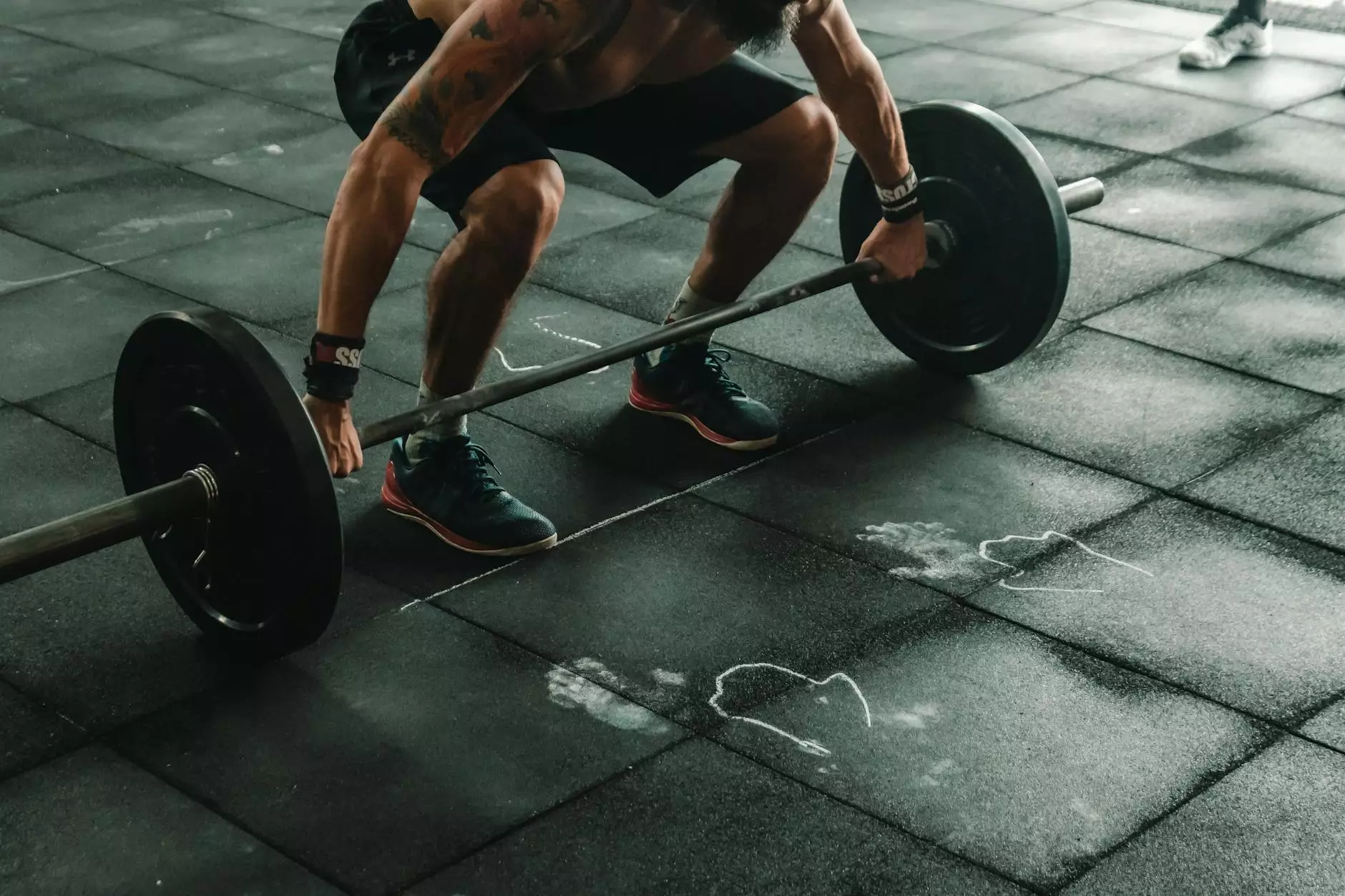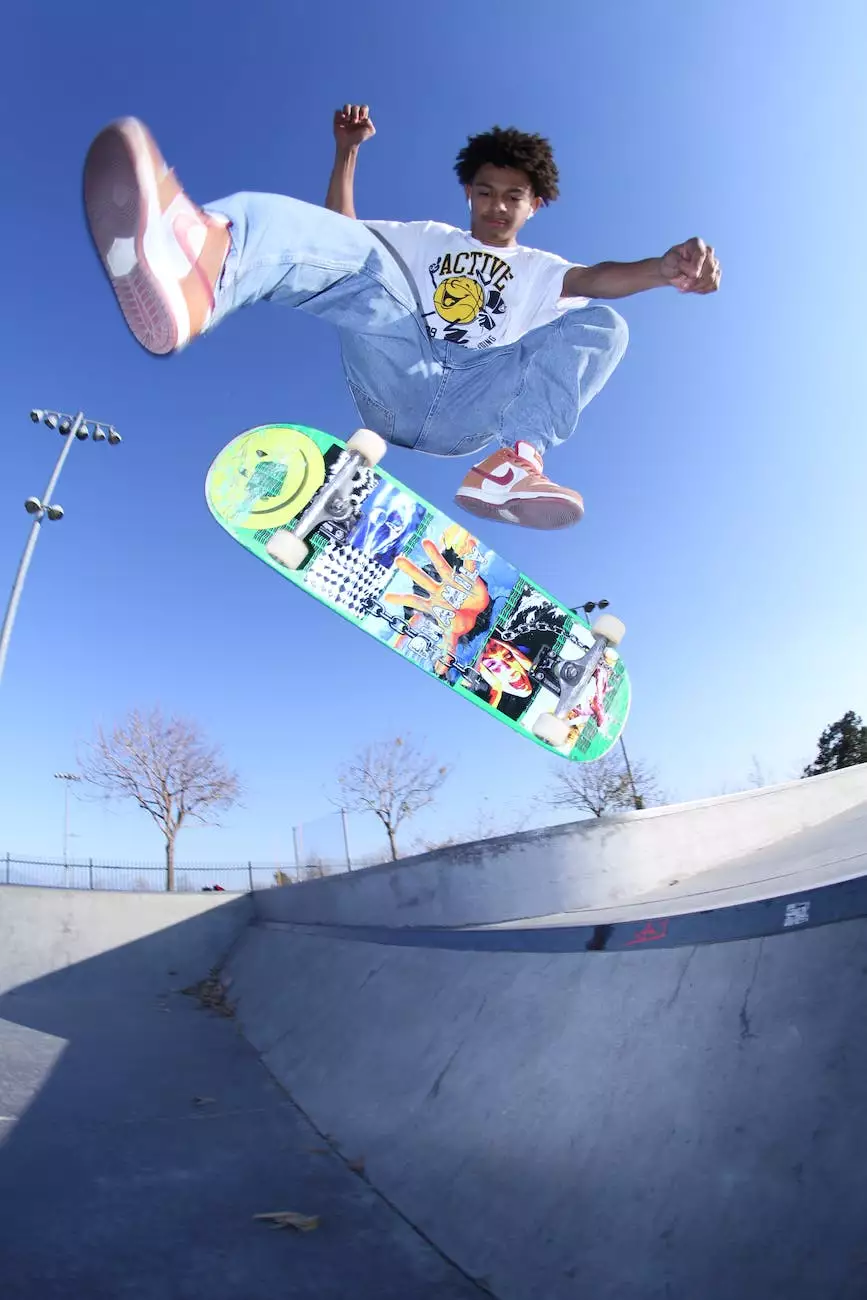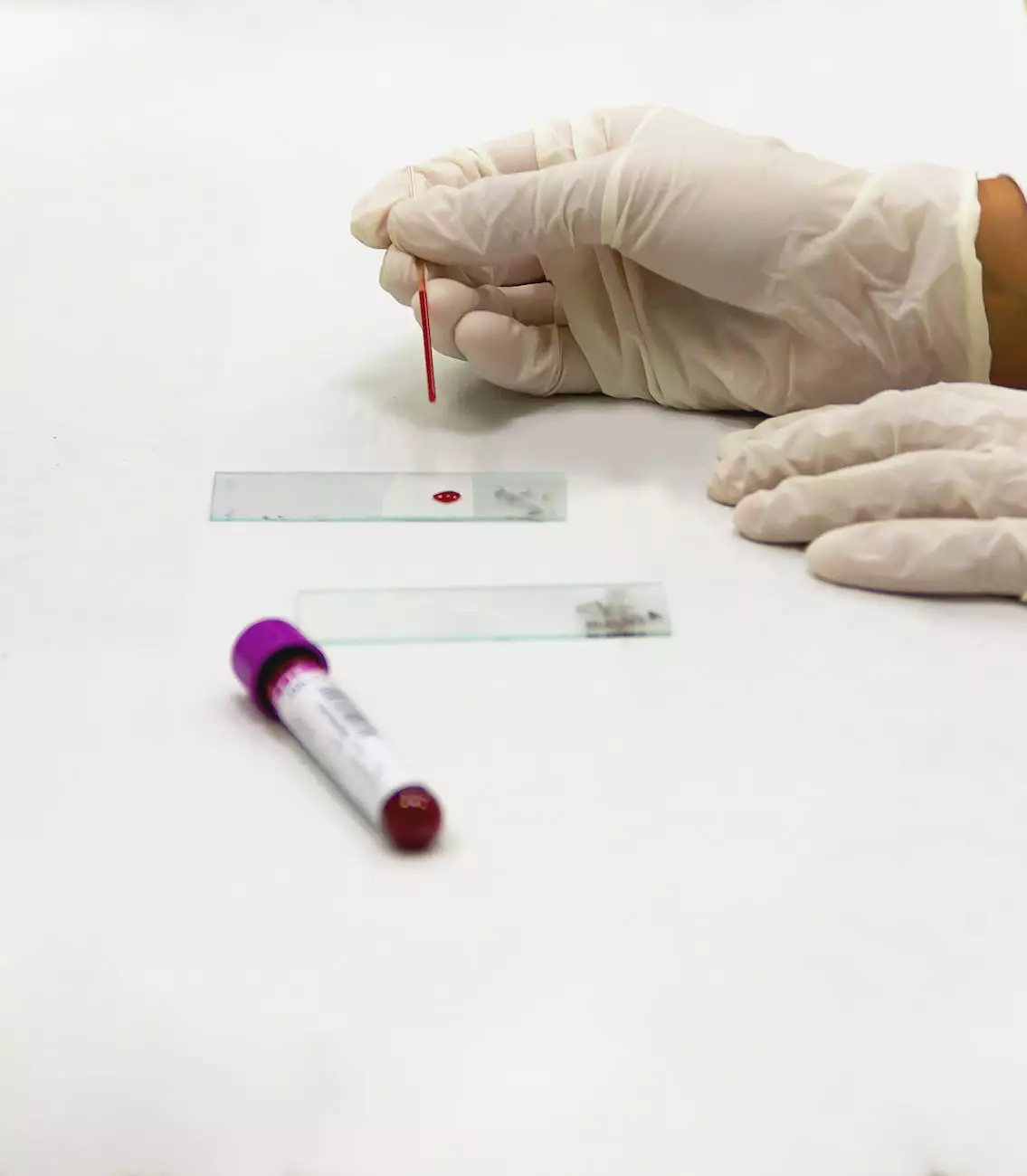Are Spider Veins and Varicose Veins the Same Thing?
Wayne Health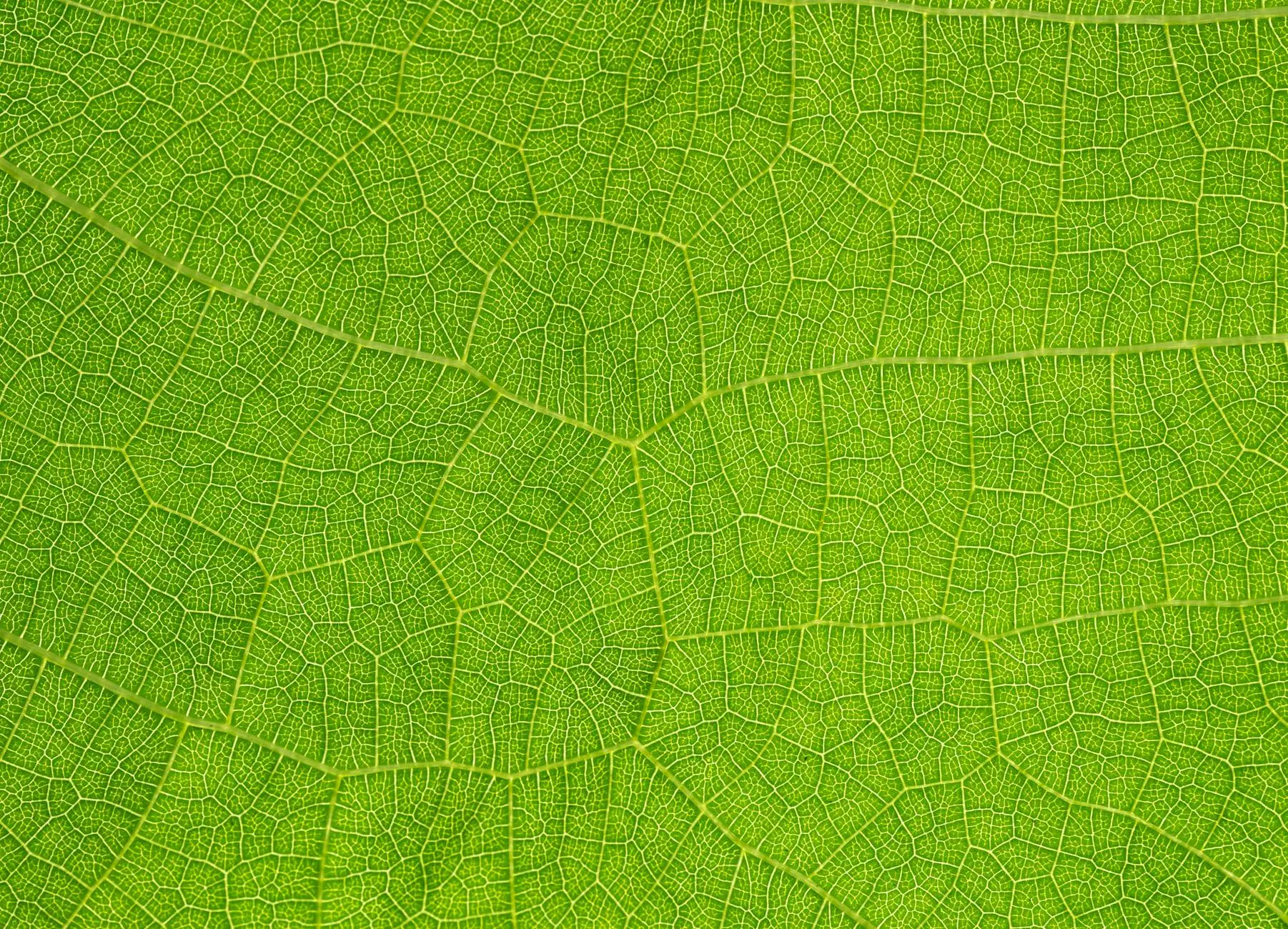
Understanding Spider Veins and Varicose Veins
Spider veins and varicose veins are two common vein conditions that affect individuals in various age groups. While they may share some similarities, understanding the key differences between these conditions is essential for accurate diagnosis, proper treatment, and symptom management.
What are Spider Veins?
Spider veins, medically known as telangiectasias, are small dilated blood vessels that appear close to the surface of the skin, typically in the legs and face. They are usually red, blue, or purple in color and resemble a spider web or a branching pattern.
Causes of Spider Veins
There are several factors that contribute to the development of spider veins, including:
- Heredity or family history of vein disease
- Prolonged periods of standing or sitting
- Hormonal changes (pregnancy, puberty, menopause)
- Obesity or excess weight
- Excessive sun exposure
Common Symptoms of Spider Veins
Spider veins are primarily a cosmetic concern; however, some individuals may experience:
- Mild pain or discomfort
- Burning or itching sensation around the affected area
- Restless legs
- Swelling or aching after prolonged periods of standing or sitting
Treatment Options for Spider Veins
When it comes to treating spider veins, there are several effective options available, including:
- Sclerotherapy: A minimally invasive treatment where a solution is injected into the affected veins, causing them to collapse and fade over time.
- Laser Therapy: Using targeted laser energy to heat and destroy the spider veins.
- Vein Ablation: A procedure that uses heat or radiofrequency energy to close off the affected vein.
What are Varicose Veins?
Varicose veins are enlarged blood vessels that become twisted and often appear bulging on the surface of the skin. These veins are commonly found in the legs and can be blue, purple, or flesh-colored.
Causes of Varicose Veins
Varicose veins can be caused by several factors, including:
- Weak or damaged valves in the veins that hinder efficient blood flow
- Age (veins naturally lose their elasticity over time)
- Pregnancy
- Obesity or excess weight
- Family history of vein disease
Common Symptoms of Varicose Veins
Varicose veins may present the following symptoms:
- Pain and discomfort, especially after prolonged standing or sitting
- Itching or rashes around the affected area
- Swelling and heavy sensation in the legs
- Muscle cramps or throbbing
- Restless legs
Treatment Options for Varicose Veins
Bay Regional Medical Center offers various treatment options to effectively address varicose veins:
- Endovenous Laser Ablation (EVLA): A minimally invasive procedure that uses laser energy to close off the affected vein.
- Radiofrequency Ablation (RFA): Similar to EVLA, RFA utilizes radiofrequency energy to treat varicose veins.
- Venous Stripping and Ligation: A surgical procedure that involves removing the affected vein.
- Sclerotherapy: Occasionally used to treat smaller varicose veins.
Preventive Measures for Spider Veins and Varicose Veins
While the development of vein-related conditions cannot always be prevented, certain lifestyle changes may help reduce the risk of spider veins and varicose veins:
Maintain a Healthy Weight
Excess weight puts additional pressure on the veins, increasing the likelihood of vein-related issues. Regular exercise and a balanced diet can promote overall vascular health.
Stay Active
Avoid prolonged periods of sitting or standing. If your job involves long hours of sitting or standing, take regular breaks and incorporate physical activity into your routine.
Elevate Your Legs
When sitting or lying down, elevate your legs to reduce pressure on the veins. This can be particularly helpful after extended periods of standing or sitting.
Avoid Tight Clothing
Wearing tight-fitting clothes, especially around the waist, groin, or legs, can impede blood flow and contribute to the development of vein issues. Opt for loose and comfortable clothing instead.
Protect Your Skin from the Sun
Excessive sun exposure can lead to the enlargement of blood vessels, including the development of spider veins. Apply sunscreen regularly and wear protective clothing to shield your skin from harmful UV rays.
Wear Compression Stockings
Compression stockings can provide support to your veins, encourage healthy blood circulation, and minimize the risk of vein-related problems.
Expert Vein Care at Bay Regional Medical Center
At Bay Regional Medical Center, we understand the impact vein conditions can have on your overall well-being. Our team of experienced healthcare professionals specializes in the diagnosis, treatment, and management of spider veins and varicose veins.
With state-of-the-art facilities and advanced treatment options, we provide personalized care that considers your unique needs. Our comprehensive approach focuses on improving your vascular health, enhancing your comfort, and restoring your confidence.
If you are experiencing symptoms related to spider veins or varicose veins, or if you have concerns about your vein health, we encourage you to schedule a consultation with our specialists. Take control of your vascular health and experience the exceptional care you deserve.

